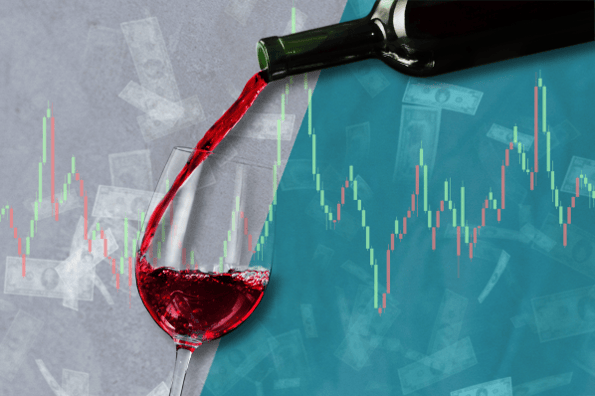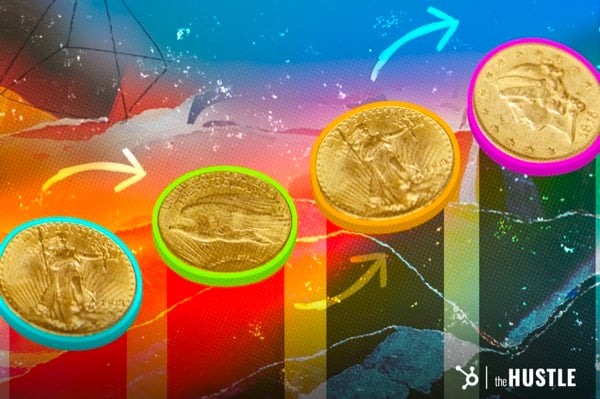While most of us keep our money in the bank, some prefer the vault — the wine vault, that is.

Alternative investments, which include any assets aside from stocks, bonds, and cash, can range from antique cars to real estate to fine art. These types of assets are appealing to investors who want to diversify their portfolios, particularly during bumpy economic times.
But unlike simple finance apps or the stock market, alternative assets can be opaque, with many not knowing how to get started.
That’s where Vinovest comes in. The firm, founded in 2019 by Anthony Zhang and Brent Akamine, allows investors to diversify their portfolios by easily investing in bottles of wine.
While working at a cryptocurrency company, Zhang noticed that many of the most successful crypto investors were passionate about wine and whiskey and looked to the beverages as alternative assets.
The only issue: Crypto trades were digital and instantaneous, while buying and selling wine was a time-consuming, often confusing process.
So Zhang and Akamine made it their goal to create an interface that would support all types of investors, just as apps have made investing in the stock market easier and more user friendly.
To start, users complete online intake questionnaires with information on how much money they’re looking to invest and how quickly they want to see a return, and the company builds a custom portfolio around those investing goals (a process that takes two to three weeks).
The platform offers four investment tiers, with the lowest starting around $1k. Users can choose to wait for long-term returns, or they can opt to sell their bottles via Vinovest’s open marketplace (as you would with stock) or to have their bottles shipped to them to drink and enjoy.
Vinovest also handles the storage and insurance of its clients’ bottles, something that’s top of mind for assets that are physically fragile and could be ruined if stored or packed incorrectly.
While wine gathers some dust — and, hopefully, some cash — the company hosts events for investors, like dinners and webinars, and has an blog that offers educational information.
“The biggest barrier to entry for wine and whiskey is access to all the information,” says Zhang. “Most people are intimidated by even wine lists in restaurants.”
To find its investment-worthy bottles, the company uses quantitative investment models alongside an in-house team of sommeliers.
Zhang says that the team takes into account everything from the annual wine supply in a particular year to how specific winemaking regions are performing. They also pull historical data on comparable wines to project return rates and target prices.
Vinovest currently has more than 150k investors and $100m under management. In 2022, the company launched its whiskey arm in response to demand from users, and plans to one day expand into other alcoholic beverages like tequila or rum.
The company says that an investment portfolio with a 20% allocation of wine and whiskey historically outperformed its traditional portfolio counterpart, with a 6.7% average annual return rate compared to 5.5%.
Zhang notes that over the last 20 years, wine has seen an average of 11% returns while whiskey has been closer to 15%.
“Supply and demand and consumption are the key factors driving the price, so it’s less correlated than, say, gold or real estate to the market,” says Zhang. “It’s based on what people are drinking these days, and that’s usually very separate from what the economy is doing.”
Looking into the future of the alternative investment market, Zhang says more investors might turn to firms like Vinovest to get away from stock market volatility and fears around unpredictable assets like cryptocurrency.
And the more people get to drinking, the better for investors.
“You can’t un-drink [a bottle of wine],” says Zhang. “Everybody who drinks a bottle of wine is making those remaining bottles more, more valuable and more rare.”













